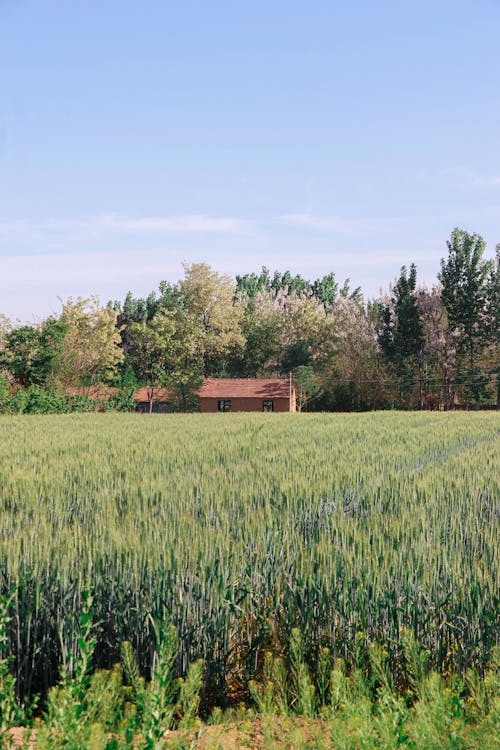Are Hurricane-Resistant Prefabricated Houses the Solution to Climate Change?
Hurricane-resistant prefabricated houses emerge as a potential solution in the face of climate change and its accompanying natural disasters. Explore the advances in design and engineering making these homes a viable choice for storm-prone areas, along with their environmental benefits and cost-effectiveness.
The Rise of Hurricane-Resistant Prefabricated Housing
In an era where climate change presents unprecedented challenges, hurricane-resistant prefabricated houses offer unique advantages for residents in vulnerable zones. These homes are specifically designed to endure the harshest conditions posed by hurricanes, incorporating technologies that enhance durability and safety. By utilizing pre-manufactured components, building time significantly decreases, ensuring quicker recovery after disasters. Their lightweight construction allows for precision in engineering, which translates to higher performance under duress. Thus, the emergence of hurricane-resistant prefabricated houses signals a pivotal shift in disaster management and resilient architecture.
Engineering Marvels: How These Homes Stand Strong
The engineering behind hurricane-resistant prefabricated houses is remarkable. Key features include strengthened walls and roofs, which can withstand wind speeds of up to 150 miles per hour. Additionally, the integration of flexible materials allows for better shock absorption, reducing damage during extreme events. Technologies such as aerodynamic shapes improve airflow around the structure, further minimizing wind pressure. Insulation materials are also advanced, providing energy efficiency while ensuring that homes remain comfortable in varying temperatures. Overall, the strategic engineering of hurricane-resistant prefabricated houses exemplifies a smart response to the demands of a changing climate.
Environmental Impact and Sustainability
Besides resilience, hurricane-resistant prefabricated houses promote environmental sustainability. Most modern constructions utilize eco-friendly materials that reduce carbon footprints and energy consumption. Their modular design allows for minimized waste during construction, contributing to more sustainable building practices. Moreover, these homes often integrate renewable energy sources like solar panels, enhancing their self-sufficiency. In terms of water management, elevated foundations help minimize flood risks without harming the ecosystem. Thus, hurricane-resistant prefabricated houses not only protect human life but also align with global sustainability efforts, reflecting a conscious effort to reduce environmental impacts.
Economic Viability and Low Maintenance Costs
From an economic standpoint, hurricane-resistant prefabricated houses are appealing investments. Lower upfront construction costs, combined with reduced insurance premiums, make them attractive options for homeowners. Their durable design translates to fewer repairs and maintenance, emphasizing long-term savings. Many homeowners experience lower utility bills due to energy-efficient designs, making these houses even more financially appealing over time. As the cost of traditional materials continues to rise, prefabricated options offer creative solutions for budget-conscious individuals. Ultimately, hurricane-resistant prefabricated houses represent a financially sustainable choice amidst climate-related uncertainties.
Community Resilience and Social Cohesion
The introduction of hurricane-resistant prefabricated houses extends beyond individual benefits; it fosters community resilience. Neighborhoods comprising these homes typically exhibit stronger social ties, as residents share common values regarding safety and preparedness. Collaborative efforts to establish support networks can arise, enhancing collective disaster readiness. Engaging citizens in building efforts creates a sense of community ownership and pride, which can be crucial for recovery after a natural disaster. Furthermore, education programs that inform people about the importance of resilient living can strengthen social bonds and encourage proactive behaviors. Through hurricane-resistant prefabricated houses, communities can cultivate environments that prioritize safety and sustainability.
Final Thoughts on the Future of Housing
As communities confront the looming threats posed by climate change, hurricane-resistant prefabricated houses stand out as a vital solution. They combine innovative technology, sustainability, and economic benefits to create a new standard in housing. Emphasizing design flexibility and community collaboration will ensure these homes meet evolving needs and preferences. By encouraging a shift in mindset towards resilient living, societal attitudes can be transformed. Ultimately, hurricane-resistant prefabricated houses symbolize hope and determination in building a safer future for all.
